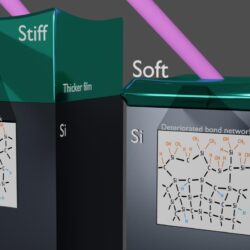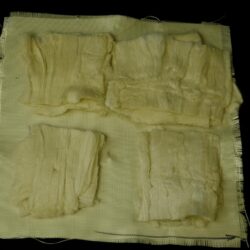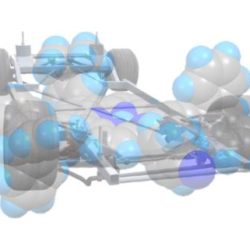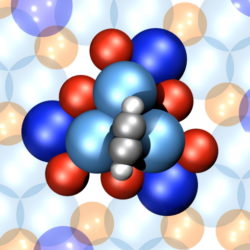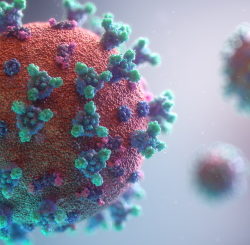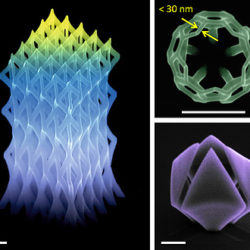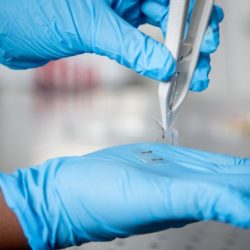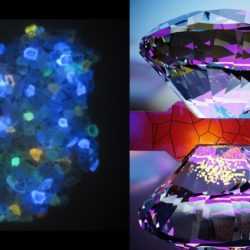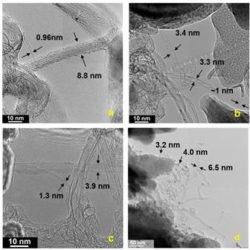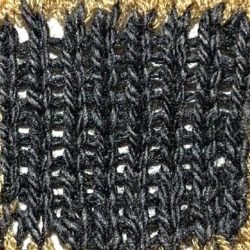How small we could go and how accurate we could be
University of Colorado Boulder researchers have used ultra-fast extreme ultraviolet lasers to measure the properties of materials more than 100 times thinner than a human red blood cell. The team, led by scientists at JILA, reported its new feat of wafer-thinness this week in the journal Physical Review Materials. The group’s target, a film just 5 Read more about How small we could go and how accurate we could be[…]
